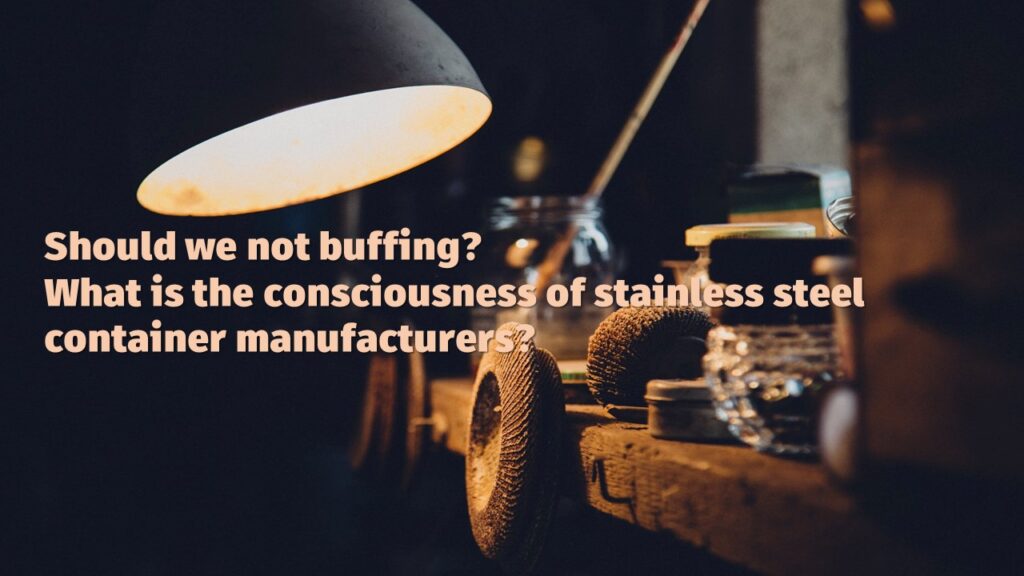
“Buffing” or “Buff polishing” is often done at the end of stainless steel products. Generally, stainless steel surfaces are shiny because they are buffed.
Buffing removes burrs and scratches during processing and improves surface smoothness. Because it makes a very beautiful appearance, buffing is generally done.
But the beautiful thing is just the appearance. Basically, if you don’t buff it, you can keep it clean. In this article, I will explain the reasons for this and NITTO KINZOKU’s commitment and consciousness.





